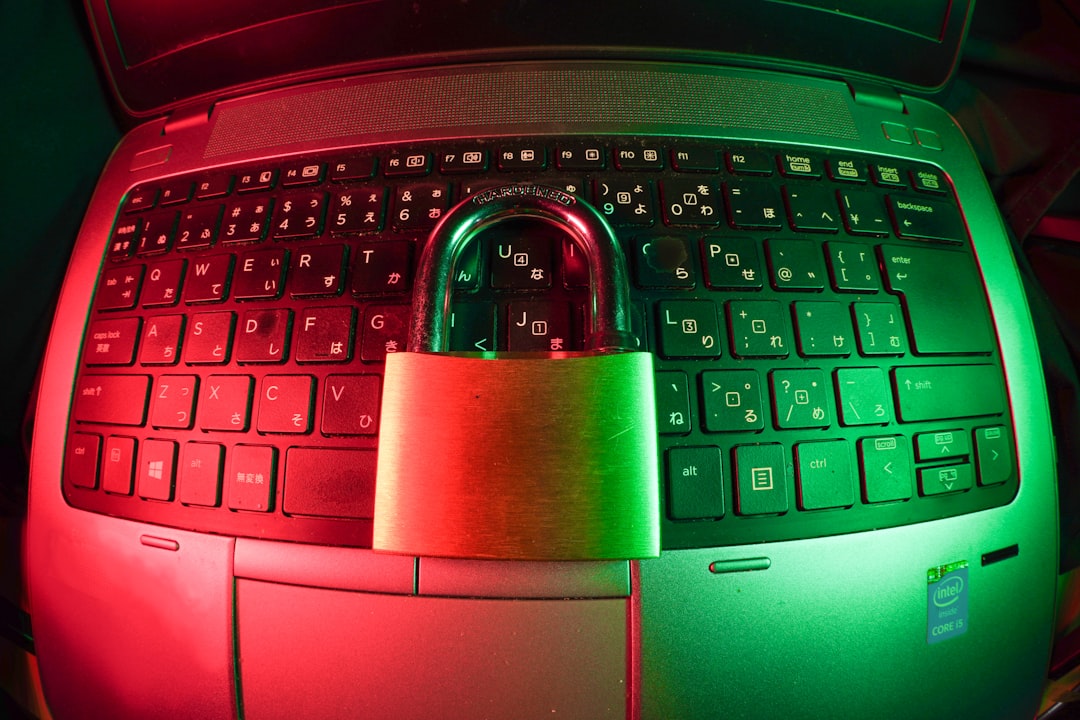You’re just about to open a file or run a program, and BAM! Windows throws an error at you: “The requested resource is in use.” That’s not helpful at all, is it? Don’t worry — we’ve got your back. Let’s break this down together and fix it without losing your mind (or your coffee).
What Does This Error Mean?
This error usually pops up when Windows can’t access a file, program, or even hardware because something else is already using it. Think of it like trying to sit in a chair someone is already sitting on. Doesn’t work so well, right?
So what causes it? Here are the usual suspects:
- Another app is hogging the file or program
- Malware is blocking access
- Your antivirus is being overly protective
- Drivers or system glitches
Time to Sherlock Holmes this situation and fix the error! 🕵️♂️
1. Restart Your Computer (Yep, Try That First)
Seriously. We know it’s cliche. But you’d be amazed at how many mysteries your PC solves with just a reboot.
A restart will:
- Close unused apps hogging resources
- Reset memory leaks
- Clear temporary processes
If that doesn’t work, don’t panic. We’ve got more tricks up our sleeve.
2. Use Task Manager to Close Programs
Maybe a sneaky program is running in the background, secretly using the file you want. Let’s find and close it.
- Right-click your taskbar and select Task Manager.
- Look through the Processes tab.
- Spot anything suspicious or something you thought was already closed? Select it and click End Task.
Just be careful — don’t close anything that says “Windows” or “System.”

3. Restart Windows Explorer
Sometimes Windows Explorer — the thing that shows your folders and files — gets jammed up. Here’s how to give it a little reboot:
- Open Task Manager again.
- Find Windows Explorer in the list.
- Right-click it and choose Restart.
This refreshes your interface and might clear the resource blockage.
4. Boot into Safe Mode
If the problem keeps coming back, go into Safe Mode. Safe Mode loads your PC with essential drivers only. It’s like Windows wearing just its pajamas.
To enter Safe Mode:
- Click Start > Settings > Update & Security > Recovery.
- Under Advanced startup, click Restart now.
- After reboot, choose Troubleshoot > Advanced Options > Startup Settings.
- Click Restart and then press the key for Safe Mode with Networking.
Try opening your file or running the program now. If it works, something outside Safe Mode is the culprit.
5. Check for Malware
Yep, malware can cause this error. Some viruses latch onto files and make them unusable. Time to crush those bugs!
- Run a full system scan using Windows Defender or your favorite antivirus.
- You can also use free tools like Malwarebytes.
- Let the software quarantine or remove anything fishy.
Once clean, restart your PC and test that file again.

6. Check Your Antivirus Settings
Sometimes your antivirus just loves being a little too helpful. It might block access to a file because it “thinks” it’s dangerous.
Here’s what to do:
- Temporarily disable real-time protection.
- Try accessing the file or launching the program again.
- If it works, add it to your antivirus’s whitelist or exceptions.
Don’t forget to turn your antivirus back on once you’re done testing! You still want your digital armor.
7. Update or Roll Back Drivers
A buggy or outdated driver could also lock up a resource, especially with external devices like printers or USB drives.
- Press Windows + X and select Device Manager.
- Find the suspicious device — maybe something with a yellow warning icon.
- Right-click and choose Update driver.
If the issue started after a driver update, roll it back instead:
- Right-click the device and choose Properties.
- Go to the Driver tab and click Roll Back Driver.
8. Use System File Checker
This magical little tool can fix corrupted system files that might be causing the error. Here’s how:
- Type cmd into search, right-click Command Prompt, and select Run as administrator.
- Type the following and hit Enter:
sfc /scannow
This could take a few minutes. Let it work its sorcery.
9. Try Using a Different User Account
Sometimes, the problem is with your user profile. Create a new user account and see if the error still happens:
- Go to Settings > Accounts > Family & other users.
- Click Add someone else to this PC.
- Create a new account and sign into it.
- Try accessing the same resource.
If it works, your original profile might be corrupted. You can either fix it or migrate your stuff to the new one.
10. Use a Clean Boot
A clean boot starts Windows with only essential services, so you can see what’s causing trouble.
- Press Windows + R, type msconfig, and hit Enter.
- Under the Services tab, check Hide all Microsoft services. Then click Disable all.
- Go to the Startup tab and click Open Task Manager.
- Disable all startup items.
- Restart your PC.
Now test the file or program again. If it works, re-enable services one by one until you find the troublemaker.
Final Thoughts
Dealing with the “The requested resource is in use” error isn’t fun, but it’s definitely fixable. Start simple. Reboot. Use Task Manager. Scan for malware. Don’t be afraid to dig a little deeper if needed.
Still no joy? Grab a snack. Take a breath. Revisit the steps above. Tech drama can usually be solved with a little patience and a lot of Google — or in this case, this guide. 💻✨
Good luck, digital warrior. May your resources always be available and your files forever free.